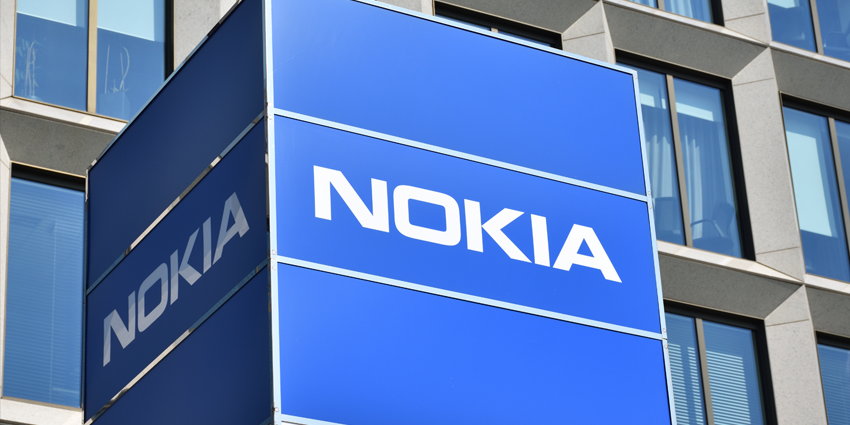International Data Corporation (IDC) has found that over 70 percent of global shipments of AR and VR headsets can be attributed to Meta for the third quarter of 2024.
The volume of global shipments increased by 12.8 percent mostly off the strength of Meta’s performance, according to the latest information from global market data provider.
As the company’s principal mixed reality (MR) device at the moment, Meta Quest 3 bags the number one spot for headset shipments, followed by Sony’s PSVR2 which achieved a 6.7 percent share fuelled by PC gamers and successful promotions. Apple, ByteDance, and XREAL also made the top five.
Jitesh Ubrani, Research Manager, Worldwide Mobile Device Trackers at IDC, commented on the results:
“While the market has become quite top heavy with the five representing over 90% share, the outlook for some of these companies remains in question.
“Sony and ByteDance’s dedication to headset making seem to be wavering as shipments for both vendors continue to decelerate.
“This in turn provides an opportunity for brands such as XREAL and VITURE who appeal to gamers while innovating on both hardware and software.”
The Race is Not Over
IDC believes that the versatility of MR headsets like the Quest 3 are outperforming other types of headsets and could even replace augmented reality (AR) headsets.
It therefore predicts that MR headset numbers will grow 21.7 percent in 2025, shipping 7.7 million units and retain its position as the most popular headset category.
Beyond MR, extended reality (XR) offer a straightforward heads-up display and content mirroring are thought to be the next biggest category, with competition expected to ratchet up over the next 12 months, IDC asserts.
Android XR plus other startups and established players like Meta will contribute to the expansion of the XR headset market by more than double next year. Furthermore, it will achieve a compound annual growth rate (CAGR) of 85.7 percent until the end of 2028.
It sees XR headsets holding onto second place in terms of category size and will continue to operate while connected to a smartphone or similar computational device.
AR headsets like Meta’s Orion will take some time to gain widespread usage as they are not as easy to use and are paired with batteries and display technologies that have not been scaled.
Ubrani points to Google as a potential competitor for the number one spot: “Glasses combined with Artificial intelligence and a heads-up display can provide a powerful experience for both consumers and enterprises.
“With Google’s re-entry into the market through Android XR, competition is about to heat up as neither Apple nor Meta has cemented themselves as a clear winner for the mass market.”
The successor to Meta Quest 3, the Meta Quest 3S was announced back in September, with plans to ship from October 15th this year.
Meta announced that pre-orders will start at $299.99 for a 128GB model and $399.99 for a 256 GB model.
Earlier this month, Microsoft released the Microsoft Mixed Reality Link, allowing Meta Quest 3 and 3S headset owners to connect their MR devices to a Windows 11 PC and engage with spatial productivity workflows.







